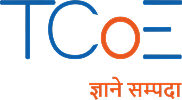Enter the fascinating world of chip design and semiconductor innovation with our VLSI Design and EDA Tools course! This program takes you behind the circuits that power every smartphone, computer, and smart device — teaching you how microchips are designed, simulated, and verified using industry-standard Electronic Design Automation (EDA) tools.
From understanding digital logic and CMOS design to mastering Verilog, synthesis, place-and-route, and timing analysis, this course bridges theory with real-world applications. You’ll gain hands-on experience with modern design workflows used by semiconductor companies worldwide.
Whether you dream of becoming a VLSI design engineer, verification specialist, or chip layout expert, this course equips you with the core technical skills, tool proficiency, and practical insights to excel in the fast-evolving semiconductor industry.
- 72 Hours (Spread over 2 weeks full-time; 6 Hrs. per day; 5 Days per week)
- Hindi, English
- Learn & Get Certified
- Basic & Intermediate
- Hands-On Training
About this course
Through this course, you’ll explore how ideas turn into silicon — from circuit design and logic synthesis to simulation, verification, and layout using advanced EDA tools. With a perfect blend of theory and hands-on practice, you’ll learn to design efficient, high-performance chips used in AI, IoT, automotive, and consumer electronics.
Step into the semiconductor world with confidence — this course is your pathway to becoming an industry-ready VLSI engineer, equipped with cutting-edge design skills and practical tool expertise.
This course provides essential knowledge and practical training to build industry-relevant skills.
- Fees:
₹3500, ₹2000 (incl. GST) - Certification: TCoE
- Duration: 72 Hours (Spread over 2 weeks full-time; 6 Hrs. per day; 5 Days per week)
What you'll learn
After this course you will be able to:
- Introduction to VLSI Technology – Understand how modern integrated circuits are conceptualized, fabricated, and applied across industries.
- Digital Logic Design – Learn the fundamentals of logic gates, combinational and sequential circuits, and hardware description basics.
- Hardware Description Languages (HDL) – Master Verilog or VHDL to describe and simulate digital circuits efficiently.
- Front-End Design Flow – Explore design entry, functional simulation, synthesis, and verification using leading EDA tools.
- Back-End Design Flow – Gain hands-on exposure to floorplanning, placement, routing, and timing analysis for chip implementation.
- CMOS Circuit Design – Study the working principles, layout, and optimization of CMOS-based digital circuits.
- EDA Tool Proficiency – Get practical experience with industry-standard tools like Cadence, Synopsys, or Mentor Graphics.
- Design Simulation & Verification – Learn how to test, debug, and validate digital designs before fabrication.
Course Content
How to use online TCoE platform?
Advantages of this course
Tools and Equipment required
National Skill Development Mission
Module 1: Introduction to VLSI & Design Flow
- This module provides a solid foundation in Very Large Scale Integration (VLSI) technology and the overall chip design process.
- You’ll learn about the evolution of integrated circuits, types of VLSI systems, and their applications in modern electronics.
- The module also introduces the VLSI design flow, covering both front-end and back-end processes — from specification, RTL design, and functional simulation to synthesis, place-and-route, and verification.
- By the end of this module, you’ll understand how ideas are transformed into fully functional silicon chips and gain an overview of the tools, methodologies, and industry practices used in professional VLSI design.
Module 2: Logic Design & Verilog Basics
This module dives into the fundamentals of digital logic design, covering combinational and sequential circuits, logic gates, flip-flops, multiplexers, and counters.
You’ll learn how to translate real-world problems into logical circuit solutions.
Alongside, the module introduces Verilog HDL, a widely used hardware description language for modeling and simulating digital circuits.
You’ll get hands-on experience in writing, simulating, and verifying Verilog code to implement combinational and sequential logic, preparing you for the front-end VLSI design workflow.
Module 3: Simulation using ModelSim / Icarus
This module focuses on digital circuit simulation, an essential step in the VLSI design process.
You’ll learn how to use industry-standard simulation tools like ModelSim and Icarus Verilog to verify the functionality of your Verilog designs.
The module covers testbench creation, waveform analysis, and debugging techniques, helping you identify and fix logical or timing errors before synthesis.
By the end of this module, you’ll be able to simulate, validate, and optimize digital circuits, ensuring they perform correctly under different scenarios and paving the way for successful synthesis in the next stages of VLSI design.
Module 4: Synthesis & Optimization
- In this module, you’ll learn how to transform RTL designs written in Verilog/VHDL into gate-level netlists ready for physical implementation.
- It covers the synthesis process, including how EDA tools interpret design constraints, optimize logic, and map circuits to standard cell libraries.
- You’ll also explore optimization techniques to enhance timing, area, and power efficiency, ensuring your design meets performance requirements.
- By the end of this module, you’ll be able to analyze synthesis reports, refine designs, and prepare circuits for back-end implementation, bridging the gap between functional simulation and physical layout.
Module 5: Static Timing Analysis (STA)
- This module introduces Static Timing Analysis (STA), a crucial technique used to verify the timing performance of digital circuits without running dynamic simulations.
- You’ll learn how to analyze propagation delays, setup and hold times, and critical paths to ensure that designs meet required timing specifications.
- The module also covers the use of industry-standard EDA tools to perform timing checks, identify violations, and optimize clock distribution and signal paths.
- By the end of this module, you’ll be able to guarantee reliable and high-performance circuit operation, bridging the gap between synthesis and final chip implementation.
Module 6: Floorplanning & Placement
- This module delves into the back-end design phase of VLSI, focusing on how synthesized circuits are physically realized on a chip.
- You’ll learn the principles of floorplanning, including partitioning the chip area, defining block placements, and optimizing interconnect routing.
- The module also covers placement strategies, ensuring that standard cells are positioned efficiently to meet timing, area, and power constraints.
- By the end of this module, you’ll be able to use EDA tools to translate a synthesized design into a well-organized, implementable layout, laying the foundation for routing, timing closure, and final chip fabrication.
Module 7: Routing & Layout Design
- This module focuses on the final stages of back-end VLSI design, where circuits are translated into a physical layout ready for fabrication.
- You’ll learn routing techniques to connect standard cells and macros efficiently while minimizing signal delay, congestion, and crosstalk.
- The module also covers layout design principles, including layer assignment, design rule checks (DRC), and layout versus schematic (LVS) verification.
- By the end of this module, you’ll be able to create optimized, manufacturable chip layouts using industry-standard EDA tools, ensuring that designs are functional, reliable, and ready for silicon implementation.
Module 8: FPGA Implementation
- This module introduces the practical world of FPGA-based digital design, bridging the gap between simulation and real hardware.
- You’ll learn how to map your Verilog or VHDL designs onto FPGA devices, understand the architecture of modern FPGAs, and explore configuration, I/O interfacing, and timing considerations.
- The module also covers synthesis, implementation, and bitstream generation, enabling you to test and verify your designs on physical hardware.
- By the end of this module, you’ll gain hands-on experience in deploying digital circuits on FPGAs, making your designs functional in real-world applications such as embedded systems, IoT devices, and prototyping for ASIC development.
Module 9: Verification Techniques
- This module focuses on ensuring that VLSI designs function correctly before fabrication.
- You’ll learn various verification methodologies, including functional simulation, assertion-based verification, and testbench development using Verilog or SystemVerilog.
- The module also covers coverage analysis, debugging, and bug-fixing strategies, helping you identify and resolve design errors early in the workflow.
- By the end of this module, you’ll be proficient in applying systematic verification techniques, ensuring that your digital circuits are reliable, efficient, and ready for synthesis or FPGA implementation.
Mini Project: End-to-end design of digital system (e.g., ALU, UART, etc.)
Browse Online Drones Certificates
Find new interests and advance your career opportunities!
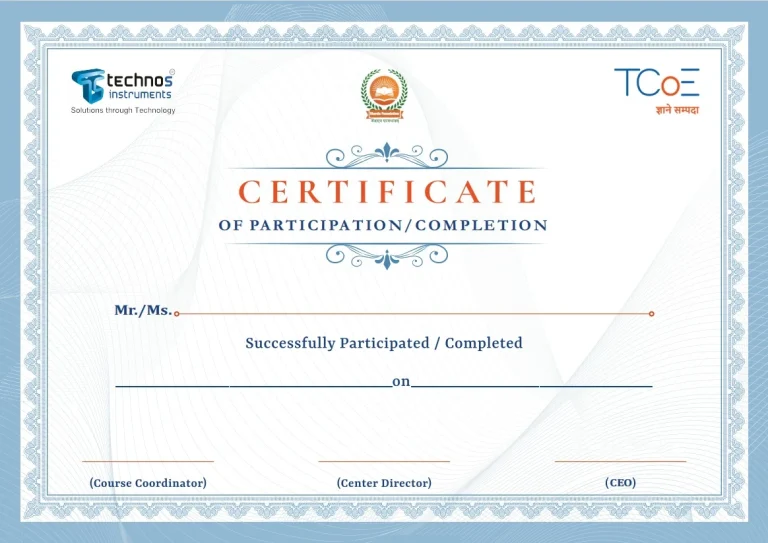
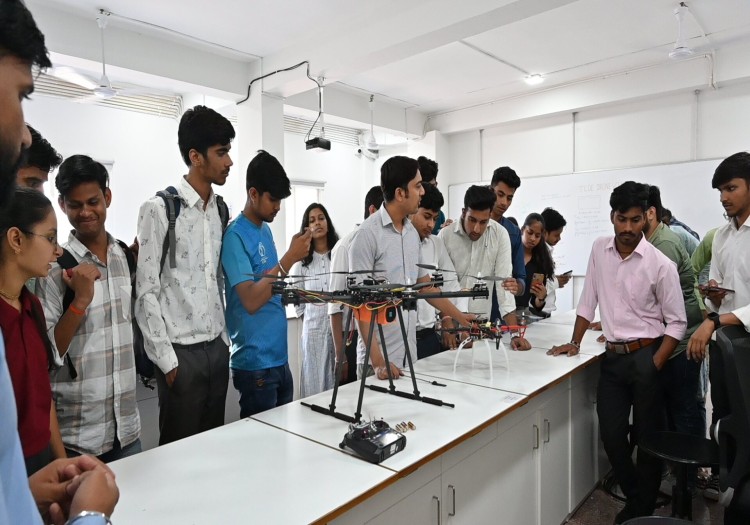
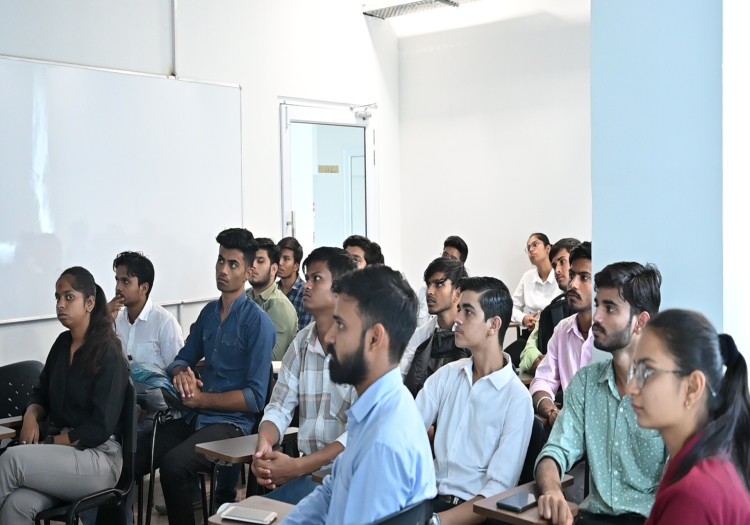
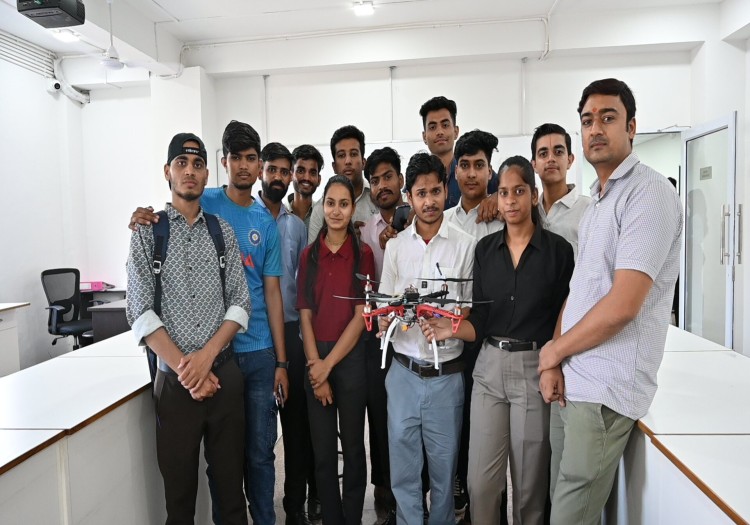
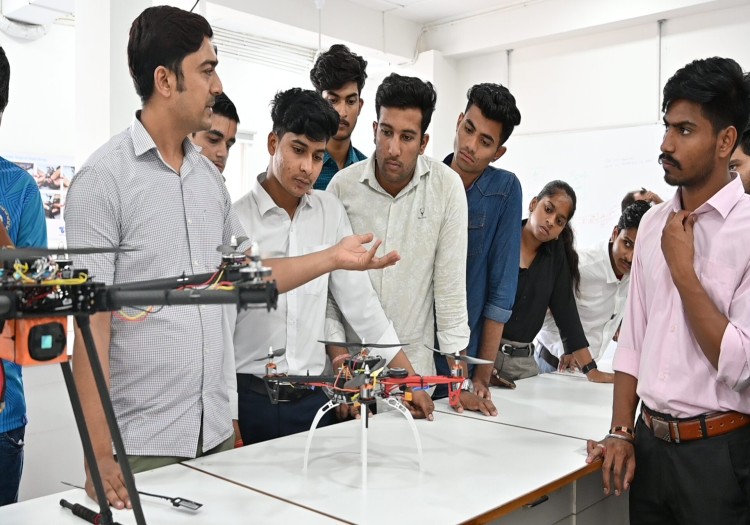
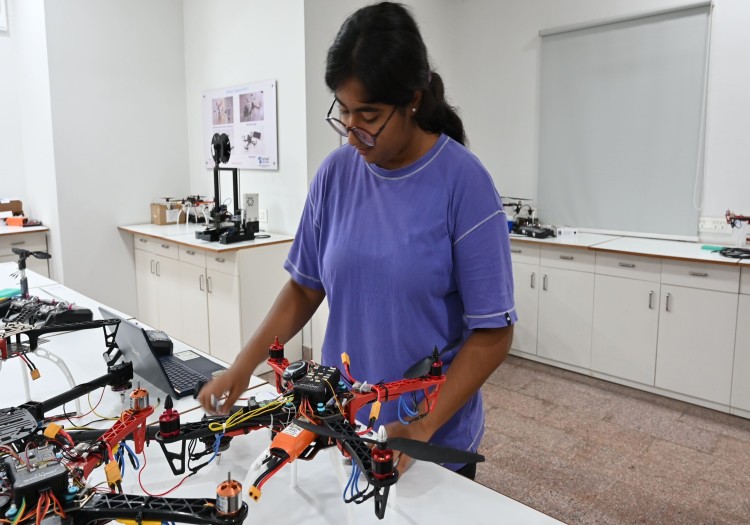
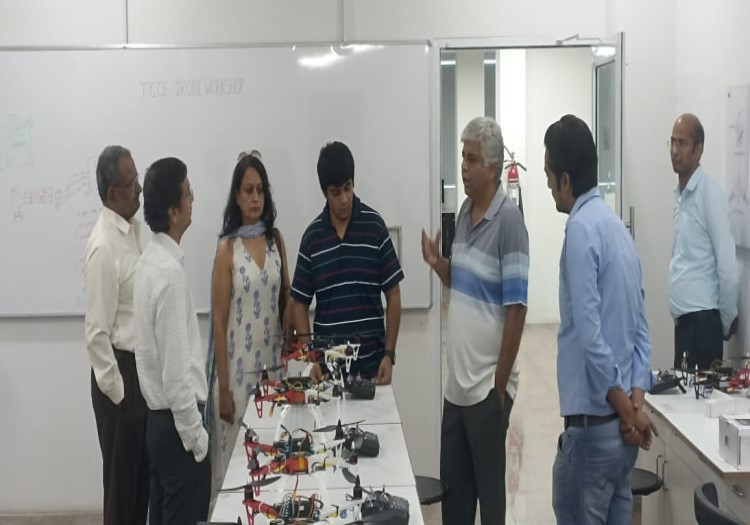
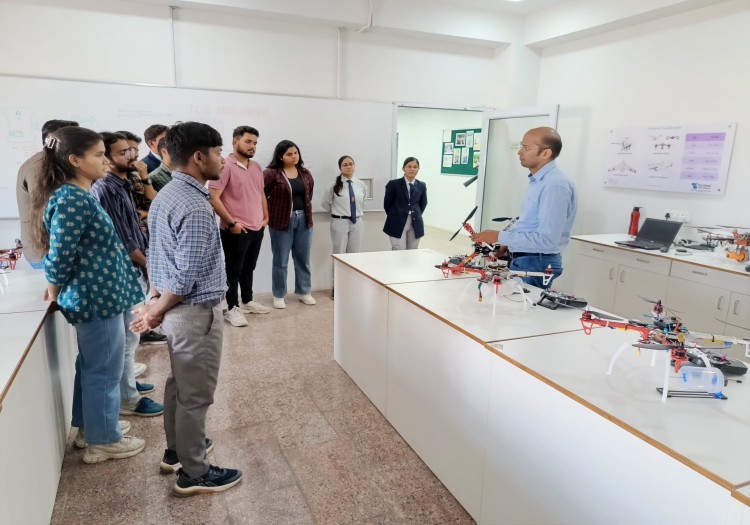
Browse Online Drones Certificates
Find new interests and advance your career opportunities!








ENROLL TODAY & GET 30% OFF ON ALL COURSES
Your Future Can’t Wait, Enroll Now and Save 30% On All Courses. Hurry Up Offer valid Till Diwali
Our Related Courses
See what our students have to say
With over 3+ years of experience, our mission is to deliver confident smiles through personalized treatments in a comfortable.
Digital Logic Design and Verification
Digital Logic Design forms the backbone of VLSI systems. In this topic, you’ll learn how to design combinational and sequential circuits using logic gates, flip-flops, and registers. You’ll also explore hardware description languages (HDL) like Verilog or VHDL to model, simulate, and verify digital circuits before moving to fabrication.
The topic emphasizes functional correctness, timing analysis, and testability, ensuring that designs are efficient, reliable, and ready for synthesis using modern EDA tools. Mastering this area equips you with the essential skills to build, simulate, and debug real-world digital chips.
If you want, I can provide 2–3 more key topics from this course with brief descriptions to create a complete course highlight section.
Job Opportunities
Here are some interesting job opportunities after completing the VLSI Design and EDA Tools course:
VLSI Design Engineer
Design and implement digital circuits, ASICs, and chip modules using industry-standard EDA tools.Verification Engineer
Specialize in testing and validating digital designs to ensure functional correctness and performance.FPGA Design Engineer
Develop and optimize FPGA-based solutions for prototyping, embedded systems, and high-speed applications.ASIC Design Engineer
Work on Application-Specific Integrated Circuits, handling tasks from RTL coding to synthesis and timing closure.- Physical Design Engineer
Focus on place-and-route, floorplanning, and timing optimization in back-end VLSI design. - Chip Test & Validation Engineer
Perform simulation, testing, and debugging of silicon chips before mass production.
Frequently asked questions
What is this course about?
This course teaches the complete workflow of VLSI design, from digital logic design and CMOS circuits to EDA tool-based simulation, verification, and layout, preparing you for real-world chip design.
Who should enroll in this course?
Engineering students, electronics enthusiasts, and professionals interested in VLSI design, chip development, or semiconductor careers. A basic understanding of digital electronics is helpful but not mandatory.
What practical skills will I gain?
You’ll learn Verilog/VHDL coding, circuit simulation, synthesis, timing analysis, and layout design using industry-standard EDA tools like Cadence, Synopsys, or Mentor Graphics.
Does this course cover both front-end and back-end VLSI design?
Yes! The course covers front-end design (logic, HDL, verification) and back-end design (floorplanning, placement, routing, timing closure).
Can this course help me get a job in the semiconductor industry?
Absolutely! It equips you with industry-relevant skills for roles like VLSI Design Engineer, Verification Engineer, FPGA/ASIC Designer, and more.
